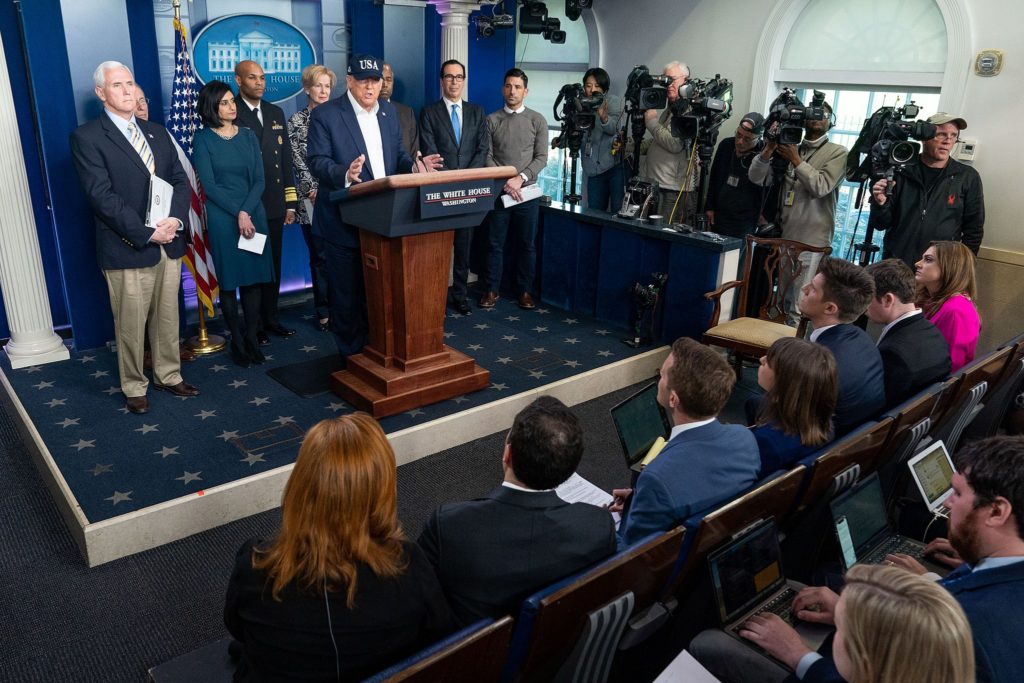Responding To Criticism Without Widening The Audience
If your organization is in the midst of a giant, well-publicized media crisis, you can safely assume that most people have heard about it. Therefore, you don’t have to worry about your response widening awareness of the crisis. Since the public already knows about it, you’re not going to make them aware of the incident for the first time simply by responding to it.
But what happens if your organization is in the middle of a “mini crisis,” one which is only known to a specific audience or is confined to a specific news outlet or medium? A reader named Nicole recently asked the following question:
“Do you (or others) have any thoughts about how to carefully refute a negative story without directing a new audience to it? For example, if you decide to communicate to your audience via social media or a company website or blog, are you inspiring those who may have not seen the original negative story to seek it out?”
I reached out to a couple of my PR peers for help in answering her question.
Jeff Domansky, known as The PR Coach, emphasizes the importance of monitoring before responding:
“Have you done the best job possible monitoring your issue, assessing the true influence and “real” potential impact of your critics? When you’ve done that, you’re in a better position to respond or not. If you do respond, do it transparently and limit your response to the same social media channel or media outlet where it appeared. Only widen your scope of response if the issue threatens to break wider and farther.
Crisis communications pro Melissa Agnes offers three tips to help PR professionals know when—and how—to respond:
“If it’s a circumstance where others will come across the negative story on their own, then you’ll want to make sure that your response to the issue is found just as easily, and alongside the negative story, for those that wouldn’t necessarily go and seek out your company’s response. However, if it’s something that probably won’t make it past a very select few people, here are some strategies to consider, depending on the particulars of the situation:
- Leave a sincere reply to the original story/attack asking for a way to personally get in touch with whomever is involved, in order to fix the situation. This allows others to see your sincerity and willingness to correct the issue.
- If you want to refute the story—and no apology is due—do so in the comments section and link to more detailed information on your own website.
- The alternative is to respond to the story publicly and give the right amount of information so that others reading it for the first time will not feel the need to seek out more information—and leave your messaging with a positive sentiment towards your organization.”
The advice Jeff and Melissa offered is spot on. I’d like to add two things to their excellent suggestions.
First, note the tone of your reply. Be careful to avoid defensiveness, which tends to undermine credibility, and ask a few trusted people from outside your organization to read your response before posting it. If those trusted sources pick up on any defensiveness, try rewriting those sections. I’ve written more about the perils of media defensiveness here.
Second, be careful to give a “human” answer. Too many people in crisis hide behind a wall of corporate speak or barely human responses. I recently wrote more about that topic here.
Thanks for the great question, Nicole!
Like our blog? Please stay in touch! Like us on Facebook here and follow us on Twitter here.
Editor’s note: Melissa Agnes offers more about the strong negative emotional impact of a social media incident here.



